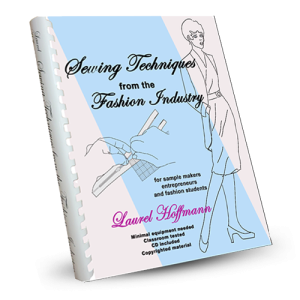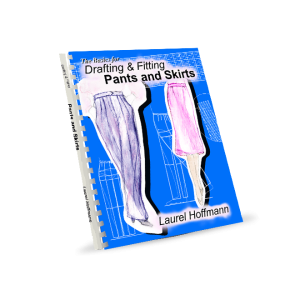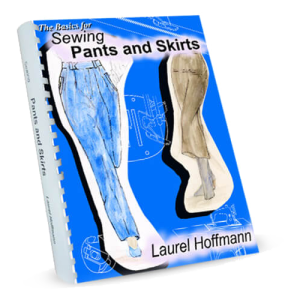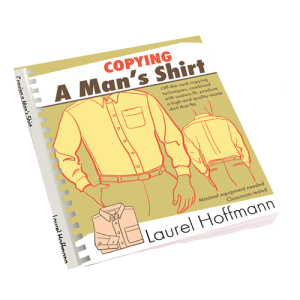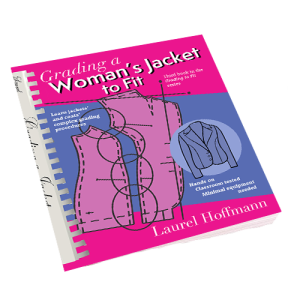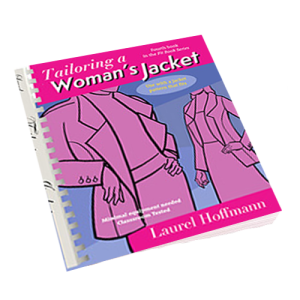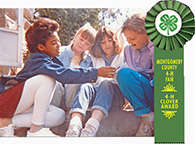
It wasn’t until I worked in the industry and learned sample making from my sample makers that I was ever happy with anything I ever made. Sample makers are seamstresses who have learned factory procedures so well, they have been promoted to work in the designing departments where they sew entire garments [samples] using the sewing techniques they have learned in the factories. I asked my sample makers to show me how they sewed. What I learned was very different from the home sewing procedures I had learned in the past – the procedures were easier, faster, gave much more control, and produced professional results.
Industrial apparel procedures were developed in the USA during the First and Second World Wars. The apparel industry sent out orders to manufacturers who were producing other products using low-level engineering techniques. The manufacturers developed the low-level industrial procedures, including the sewing procedures now used globally throughout the apparel industry.

Even in the industry, almost no one knows industrial sewing procedures.
Technical designers in the industry don’t sew, as they are management and not members of the union. [Before computers technical designers were called pattern makers.] The union prevents management from using the sewing and other machinery during working hours. Many technical designers may not realize that the sample makers are using a different sewing method, or may be reluctant to ask their sample makers how the sewing is done.That is why many technical designers may not know how the industry sews.
Minimal equipment is used in designing departments. Most industrial sewing be done in the home with minimal equipment.
The problem is one has to have access to the information.
Home Sewing vs Industrial Sewing – What is the difference?

Home sewing is defined in this post by the drafting, fitting, and sewing instructions in the home-sewing pattern packets.
Industrial sewing is defined in this post as the sewing procedures used in the apparel industry.
Both systems use similar methods to draft and fit.
Most sewing In the industry is piece work – where individual seamstresses repeat the same sewing procedures such as sewing pockets, setting sleeves, etc. Although often very good at the procedure(s) they know, many, often most are unable to make the entire garment. If the factory system leaves, they have no marketable skills.
The problems with home-sewing instructions are severe
- Home-sewing patterns’ instructions are awful.
- Their method for determining one’s pattern size puts at least 60% of women in the wrong size.
These two problems cause most who try to sew to give up because there is no way they can make anything decent. No wonder few sew and so many give up, often thinking they aren’t talented. That those who can sew are born with something they don’t have. Not true! The real problem is that they don’t have access to good information.
Home sewing problems include:
-
- The 5/8 inch seam allowance, rarely used in industry. This requires clipping seams that should be reduced because they are too wide.
- Non-adherence to the company’s grade rule. For example: the bust darting placement frequently varies from style to style. Adherence to the grade rule would enable the home seamstress to make the same changes to any style in her size and it would fit her. Moving the bust darting eliminates that ability.
- Non-adherence to other grade-rule measurements. Home sewing patterns may be one inch too small in the waist.
- Armhole notches often don’t line up properly with the sleeve cap’s notches.
Other sewing information available isn’t any better.
- Much of the sewing information on the net is no more than a good guess, much is over 100 years out of date.
- Since good information isn’t available, the home seamstress is left to try to figure it out by herself.
- There is a myth that sewing is easy, and that it can be learned in a matter of a few weeks or days.
- Is this because sewing is generally considered woman’s work?
So therefore, because women do it, it can’t be all that hard? - Sewing – and all that goes with it – fit, drafting, etc., is an engineering discipline, paralleling architectural procedureo one says architecture is easy.
Why aren’t industrial sewing techniques available on the mass market?
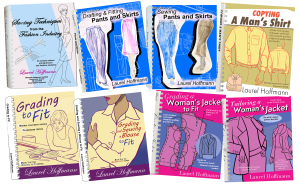
The procedures are available. But there are a lot of people who think, as I did before I worked in industry, that the industry is down and dirty. It’s not always easy for someone who has learned home sewing to make the switch. The easiest students to teach were always those who had no previous sewing experience.
In my case, I did know home sewing techniques when I entered the industry, but home sewing techniques never made any sense to me. Plus I made the switch slowly, over a period of time.
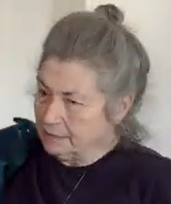
Patricia McLaughlin comments:
- If I hadn’t taken your courses I might never have figured out why the side seams always collapsed into unattractive folds. Bust darts to the rescue! I even add them to store-bought T-shirts.
- Also, patterns don’t tell you how much you’ll have to change to make them fit you. So you do what they tell you and end up with something awful.Patsy is columnist Patricia McLaughlin who writes articles like this one.
Also see her on YouTube where she discusses her wardrobe and career.
Thanks for reading. Your comments are most welcome, Laurel
LaurelHoffmann-YouTube
https://laurelhoffmann.com/
https://www.facebook.com/CFashionEdu
https://www.linkedin.com/in/laurelhoffmann/
https://phillycam.org/project/creating-fashion
https://www.instagram.com/laurelhoffmann4015/
RSS Feed: https://laurelhoffmann.com/blog/
https://www.ravelry.com/projects/LaurelHoffmann
https://www.yelp.com/biz/laurel-hoffmann-oreland
https://www.thumbtack.com/pa/philadelphia/drawing-lessons/fashion-drafting-sewing-books-classes
e-mail
Phone: 215 884 7065
